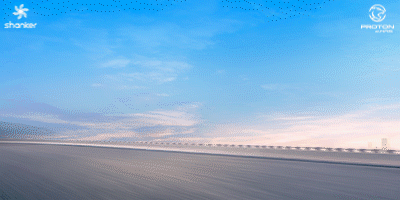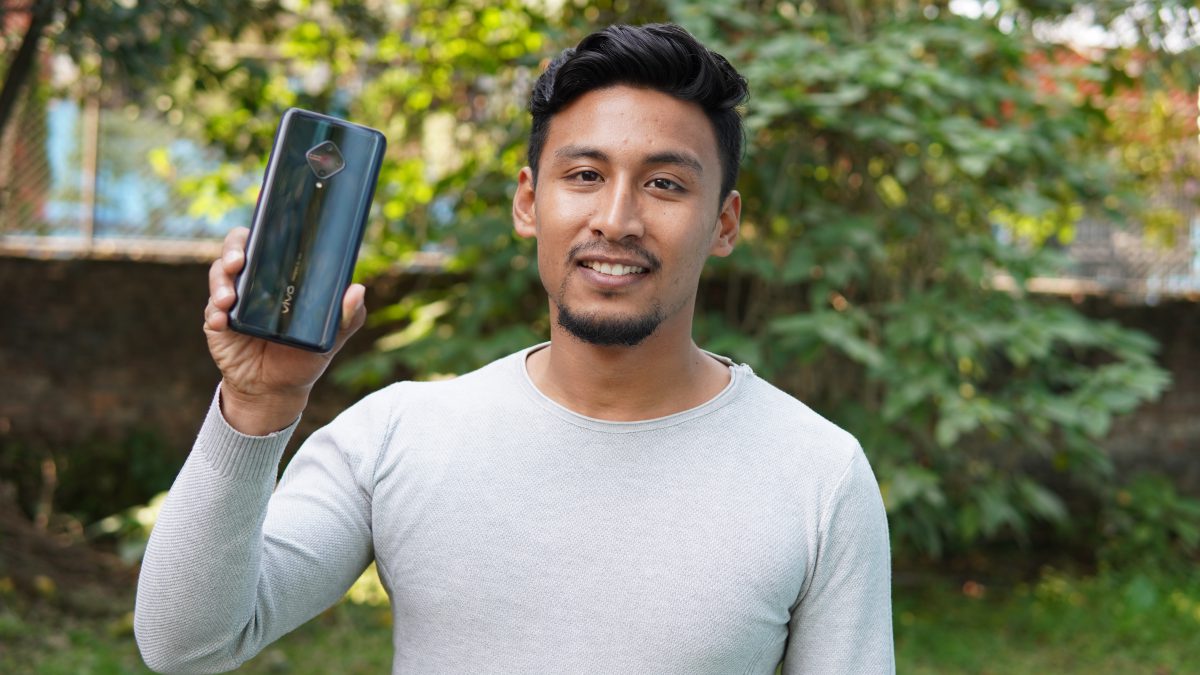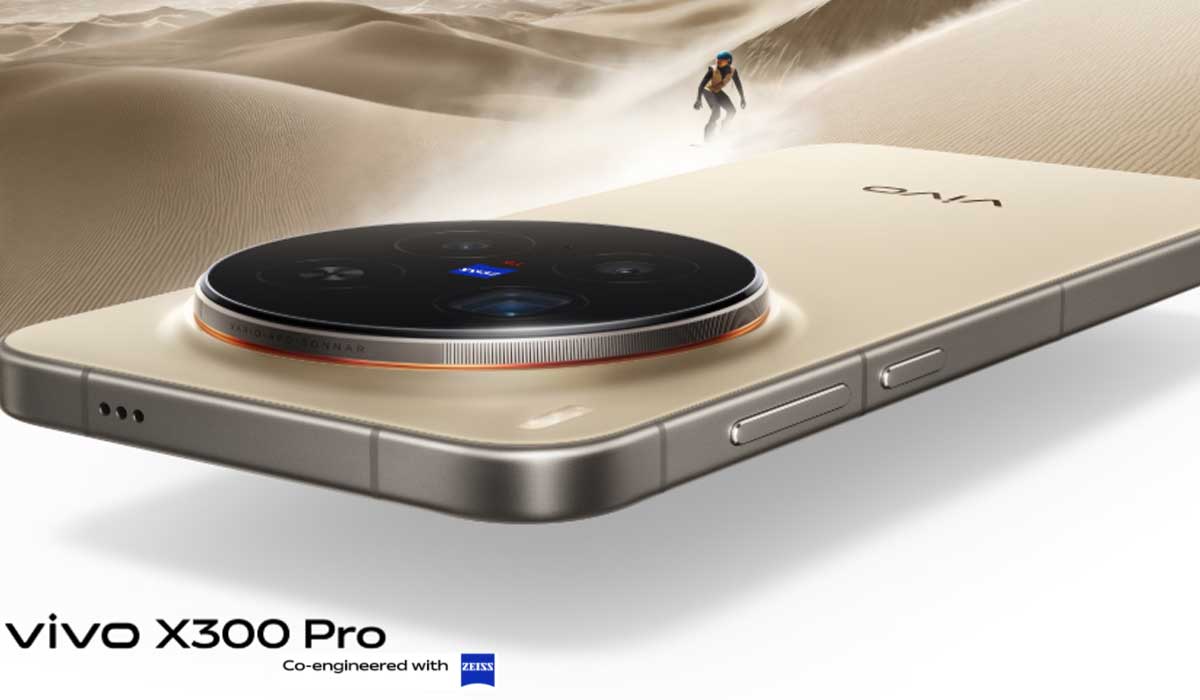Vivo S1 Pro is the Pro version of the Vivo S1 as the name suggests. Vivo S1 was one of the good mid-range phones to be launched in 2019. It was the first phone from Vivo’s S series and it has a good mix of style and usability.
While Vivo S1 left a good impression overall, it’s quad-camera was good but not impressive. So, does it’s “Pro” version improve on the camera front? Well, let’s check it out!
Vivo S1 Pro Camera Review
Vivo S1 Pro has a 48MP main sensor which is a huge bump up from Vivo S1’s 16MP main sensor. S1 Pro uses Samsung’s ISOCELL GM1 sensor instead of the IMX 586.
Along with the 48MP main sensor, Vivo S1 Pro is stacked with an 8MP Ultrawide angle sensor, 2MP Macro sensor, and a 2MP depth sensor.
While the S1 has a vertical camera arrangement the S1 Pro has the camera arranged in a diamond shape. Along with a red accent, the camera arrangement provides Vivo S1 a premium look.
48MP vs 12MP
So, is the 48MP sensor really necessary? Well, I like the 48MP sensor on the Vivo S1 Pro because it captures natural pictures. While the 12MP sensor images look saturated, the 48MP images have a natural tone and do not sacrifice much in terms of dynamic range. You won’t notice much difference in terms of dynamic range between 12MP images and 48MP images even though the latter lacks HDR feature.
If you take a look at the image below, you’ll hardly notice any difference. Both images have a similar dynamic range and you’ll only find more details on the 48MP image if you zoom the picture. However, the 12MP image is saturated. The 48MP image looks natural. Thus, you could use the 48MP images if you like natural pictures.
Normal 12MP images have saturated colors compared to the 48MP images and obviously have fewer details. Other than that, the images look sharp and well exposed most of the time. However, the images could get slightly soft as below.
Moving on to low light photos, the Vivo S1 pro captures decent low-light photos. It’s surprising that it does not come with a dedicated night mode, but the camera does good work even under low-lighting conditions. The photos have a decent amount of details and even though it isn’t as sharp during daylight, the low-light photos look decent overall.
However, the night photos would look much better with the inclusion of Night Mode. However, you can use 48MP to get more details during night shots. If you look at the pictures below, you can see that the 48MP images has more details and makes the low-light image slightly more appealing.
Ultrawide Angle
Moving on to the ultrawide angle camera, S1 pro rocks an 8MP ultrawide angle camera. The ultrawide angle camera is great for capturing landscapes and even though it’s an 8MP sensor, the images look decent during daylight. Obviously, the sharpness takes a fall in the low-light situation but it’s normal.
The picture profile of the ultrawide angle images and the normal 12MP images are the same and that’s a good thing. It’s consistent across the board and is a good ultrawide angle camera for the price.
However, the ultrawide angle mode toggle button is weirdly placed in the Vivo S1. There’s a small button on the viewfinder itself which gives you toggle options such as ultrawide, macro, and bokeh. General users might not find the option on the first use, it will take some time to get used to it.
Macro Mode
One of the other sensors of the Vivo S1 Pro is a 2MP dedicated macro lens. the 2MP macro lens is there to capture macro photos. The focusing distance is quite good and the photos look decent. But the macro photos do lack details. However, you can get creative with the macro lens and it’s good enough to be a good asset for your social media usage.
Bokeh Mode
The other 2MP sensor is a depth sensor but unfortunately, the portrait mode was not working. However, the AI could detect the person in frame and lets us enable bokeh.
You will need to enable the bokeh mode just like the ultrawide angle and macro mode.
The photos in bokeh mode had good edge detection and background blur but the subject might not get focused properly as shown in the picture below. However, I was impressed with the HDR and backlight control. The background remains intact and the backlight is under control even in bokeh mode.
Talking about videos, it can capture up to 1080p 30fps and the results are not that impressive. The videos lack sharpness and the color looks dull with very little details. Plus, the stabilization is also not good at 1080p.
Front Camera
Moving on to from camera, the 32MP selfie shooter takes good selfies. The detail level is decent with natural color and balanced exposure. HDR backlight feature helps to keep the backlight in control. It also has an option for portrait selfie but the portrait mode for the front camera was not working as well.
I was impressed with the S1 pro’s front camera, the color looks natural and the backlight control is really impressive. Also, the natural depth of field makes the selfies look more appealing.
Conclusion
Vivo S1 Pro has certainly improved camera prowess in comparison to the Vivo S1. The 48MP sensor is really useful if you like natural-looking photos and the 12MP images are very similar as well; except they are more saturated. The ultrawide angle camera does a nice job and is more than capable of social media needs.
The same goes for the macro lens and the 2MP depth sensor also does a fine job for the bokeh effect. Though it’s imperfect, the backlight control is really impressive. However, I was not impressed by the video quality of the S1 Pro. The 1080p footages are not that great and it should have had a 4k option. Well, moving on I was quite impressed with its front camera; especially the depth of the field in selfies looked great.
Overall, the S1 Pro has a good set of quad-camera for the price. The camera UI could have been better and as I’ve mentioned earlier the dedicated portrait mode did not do anything. Also, there’s no night mode. These issues could be fixed with some updates and it would make a very good camera setup for the price. Nonetheless, it is still a good set of cameras. And, you should definitely check out the Vivo S1 Pro if you are looking for a quad-camera phone around 34k.
This is it for the S1 Pro. Keep updated with us!
-
The Wait is Over: Vivo X300 Pro Finally Launched in Nepal with Exciting OffersHIGHLIGHTS Vivo X300 Pro price in Nepal starts at Rs. 1,79,999 for the 16/512GB variant.…
-
Royal Enfield Bikes Price in Nepal (December 2025 Updated)This is the complete list of Royal Enfield bikes price in Nepal for 2025. In…
-
CFMoto 250 Dual Set to Launch in Nepal: Can It Outplay the XR 190L and XPulse 210?HIGHLIGHTS CFMoto 250 Dual price in Nepal is expected to be below Rs. 6 Lakhs.…















